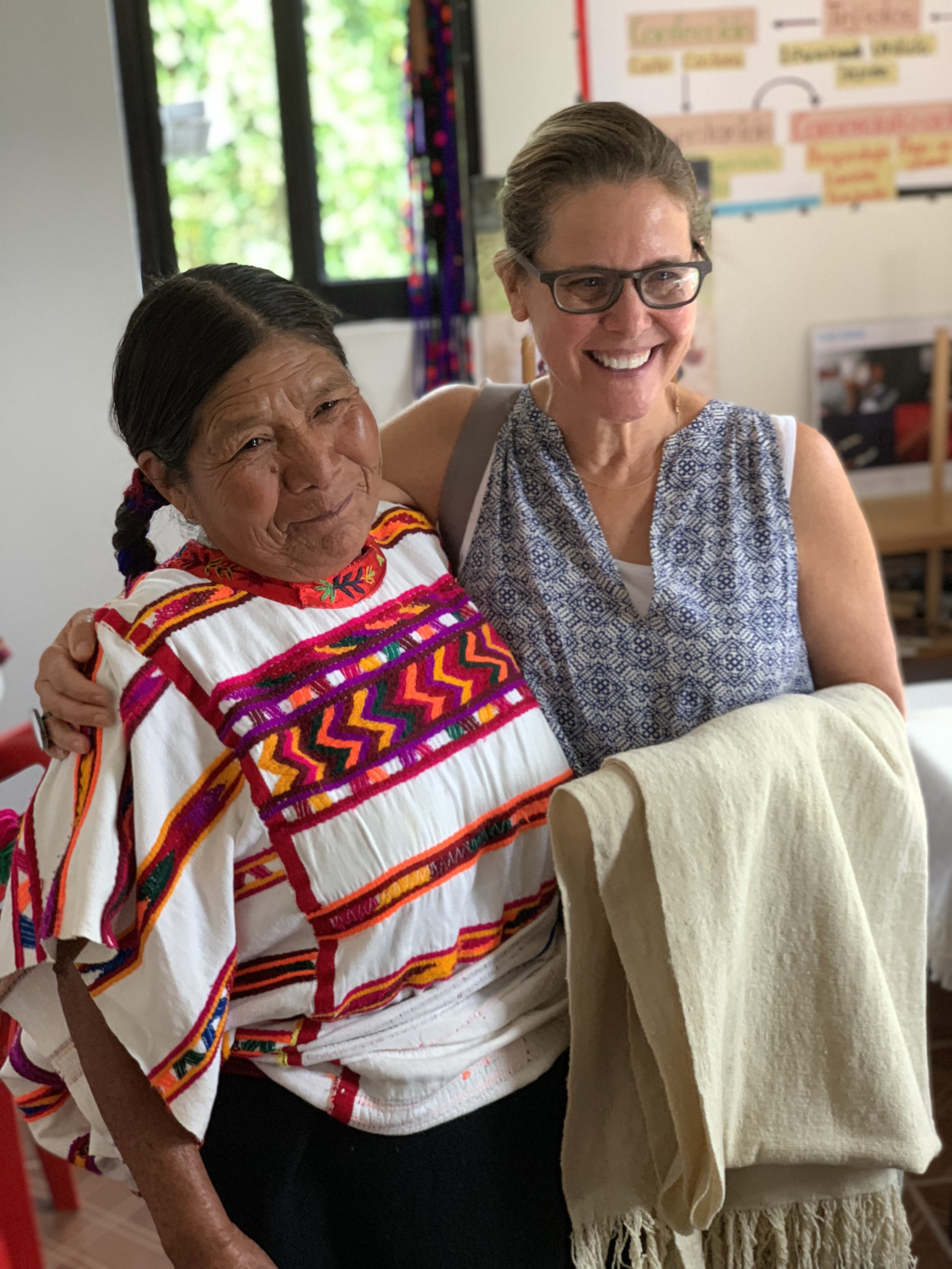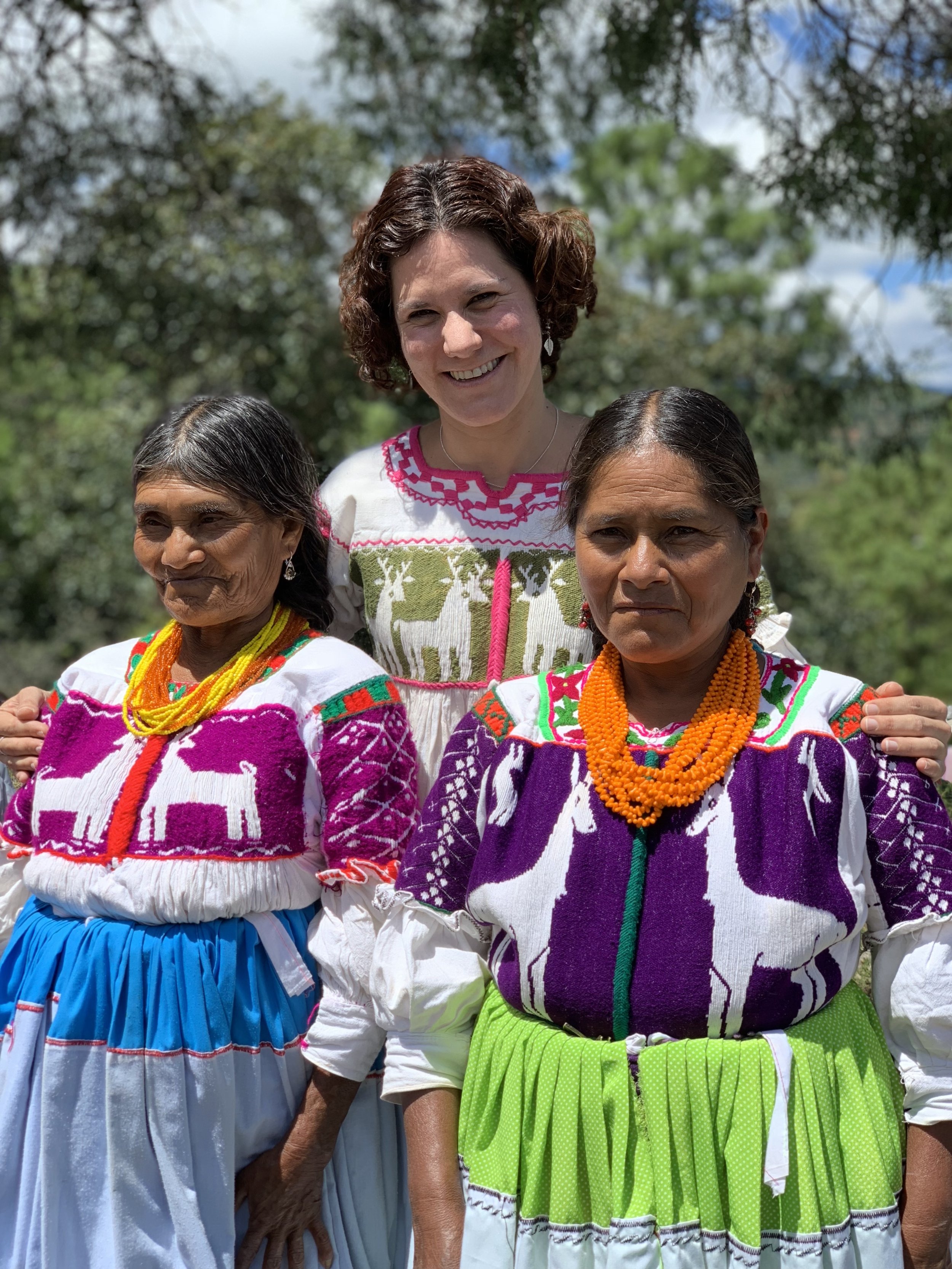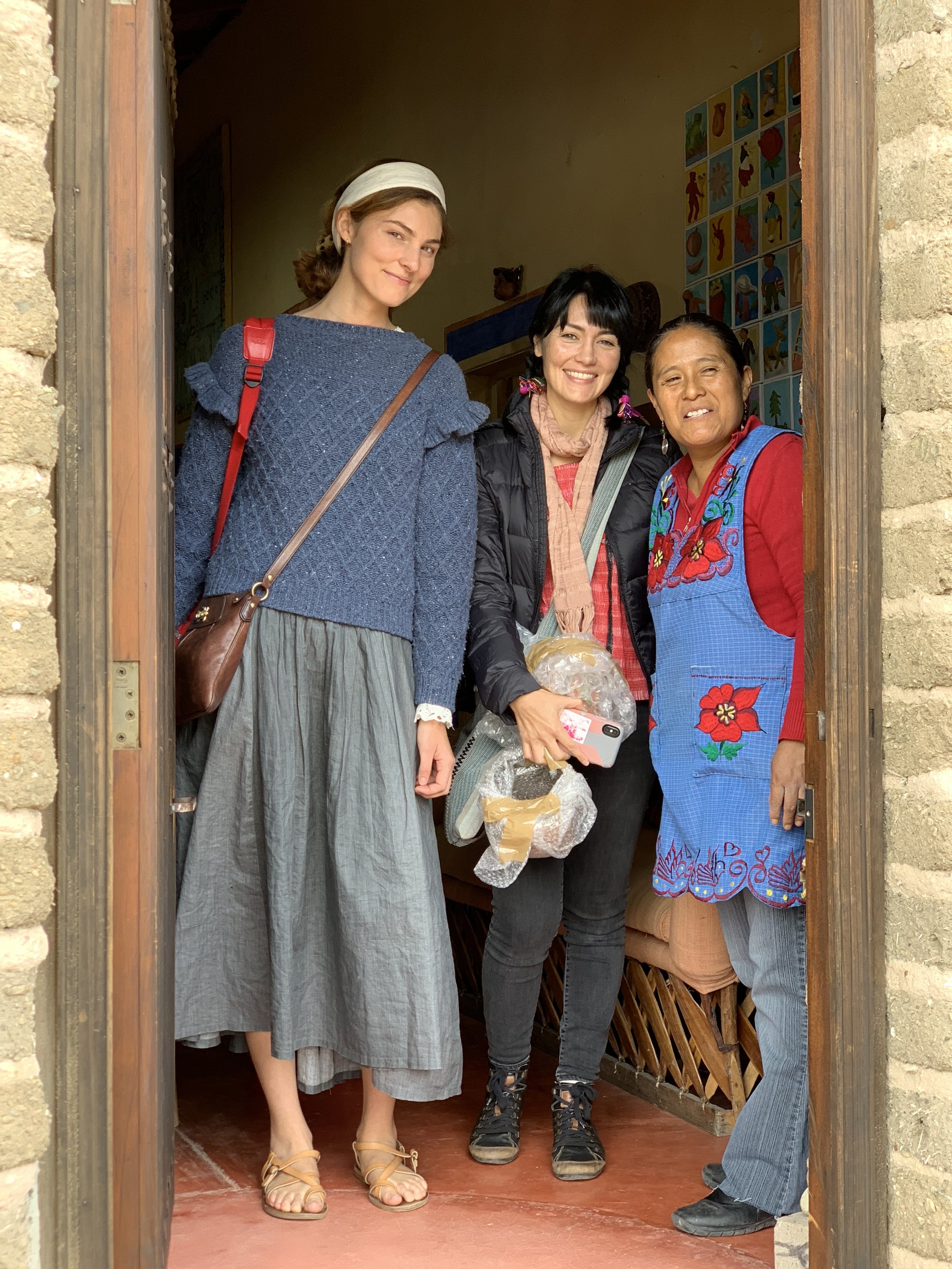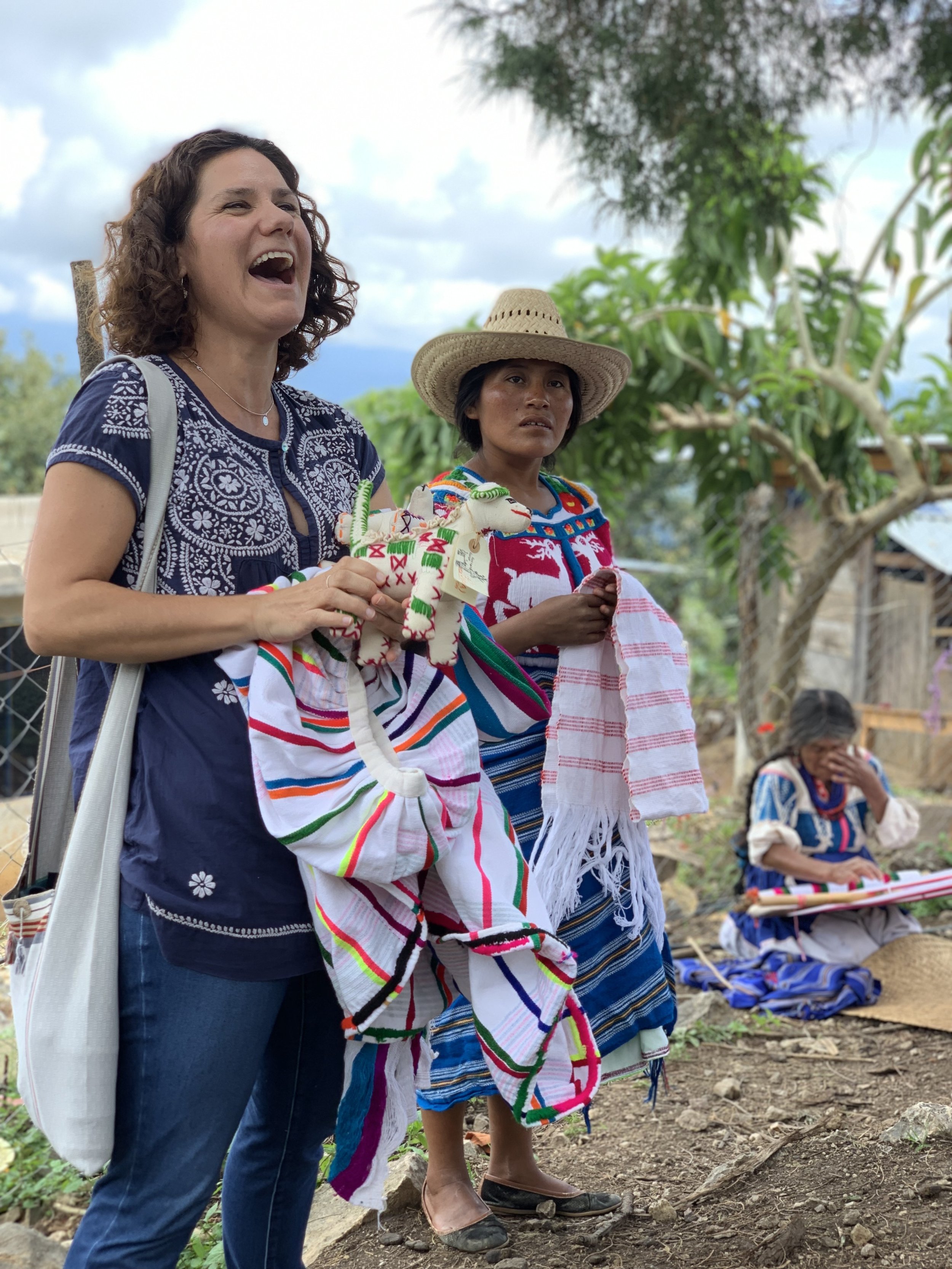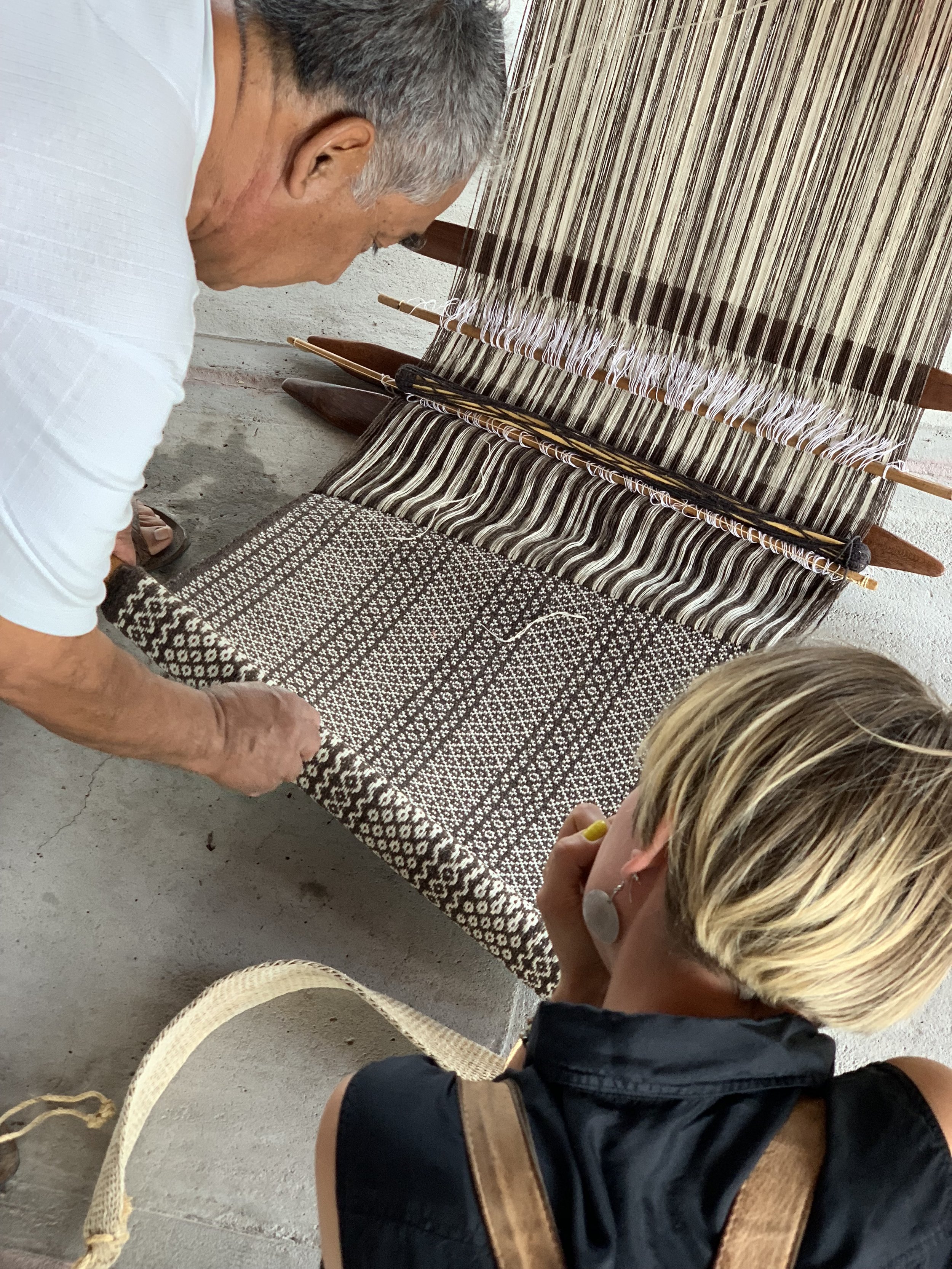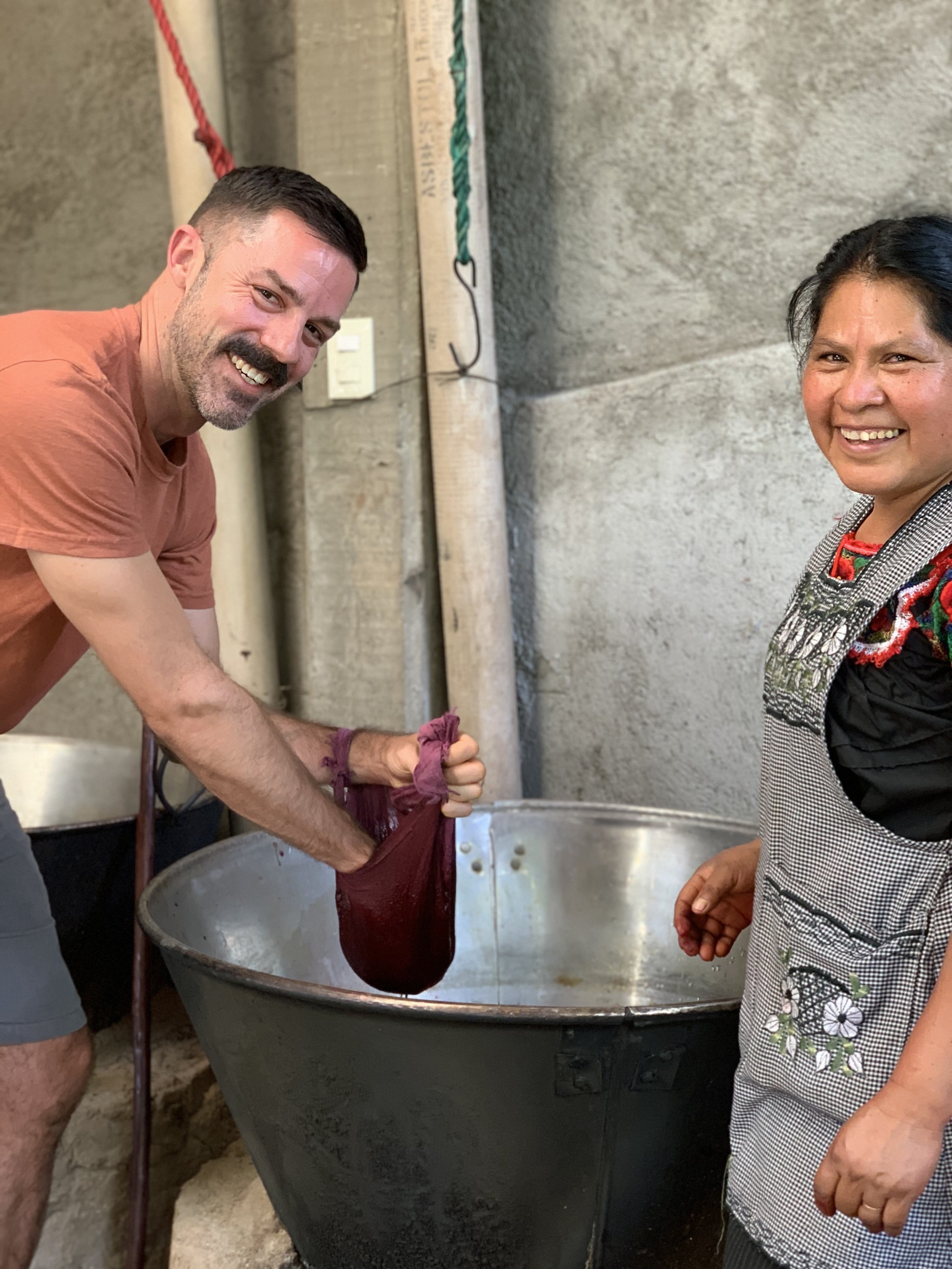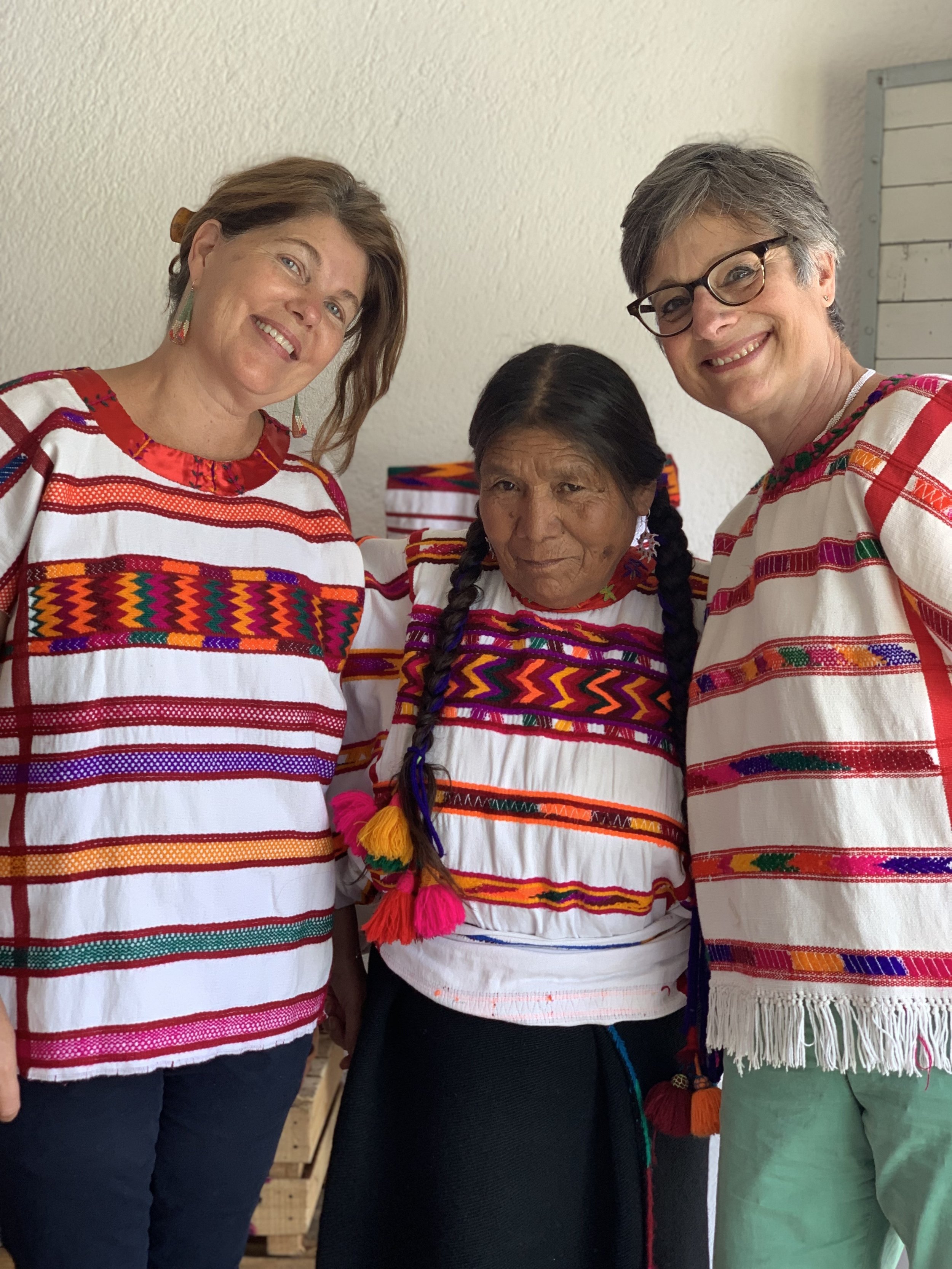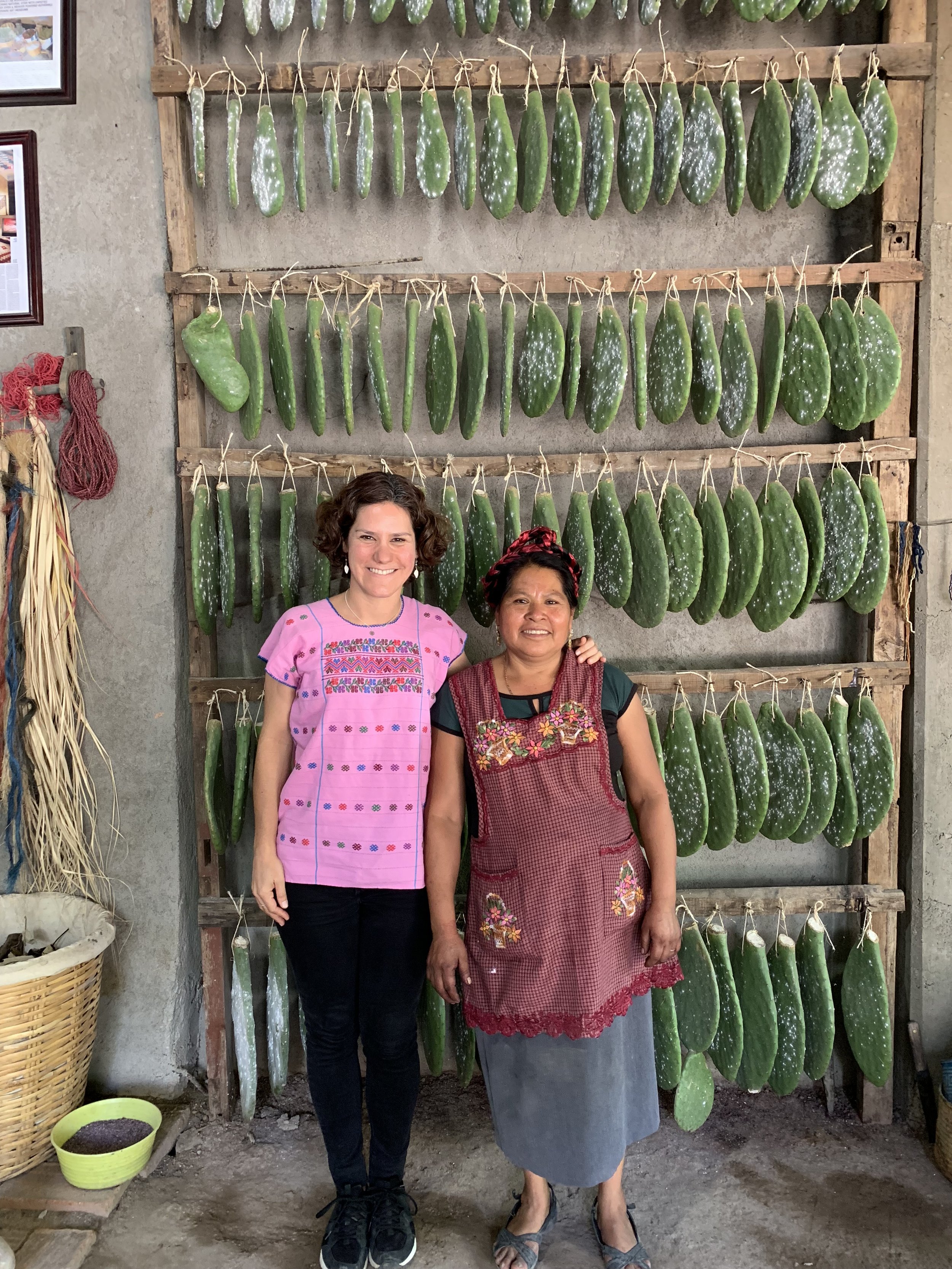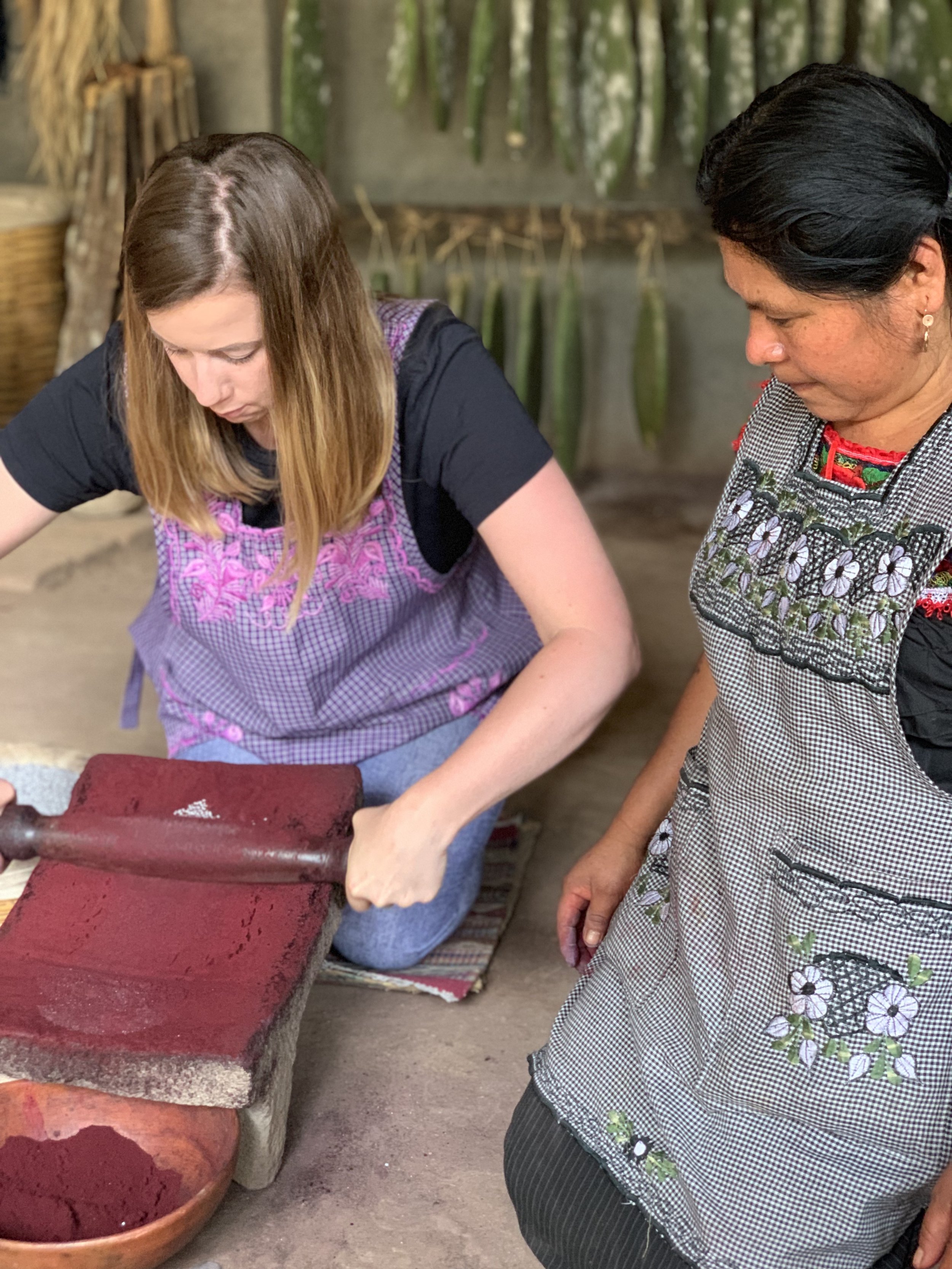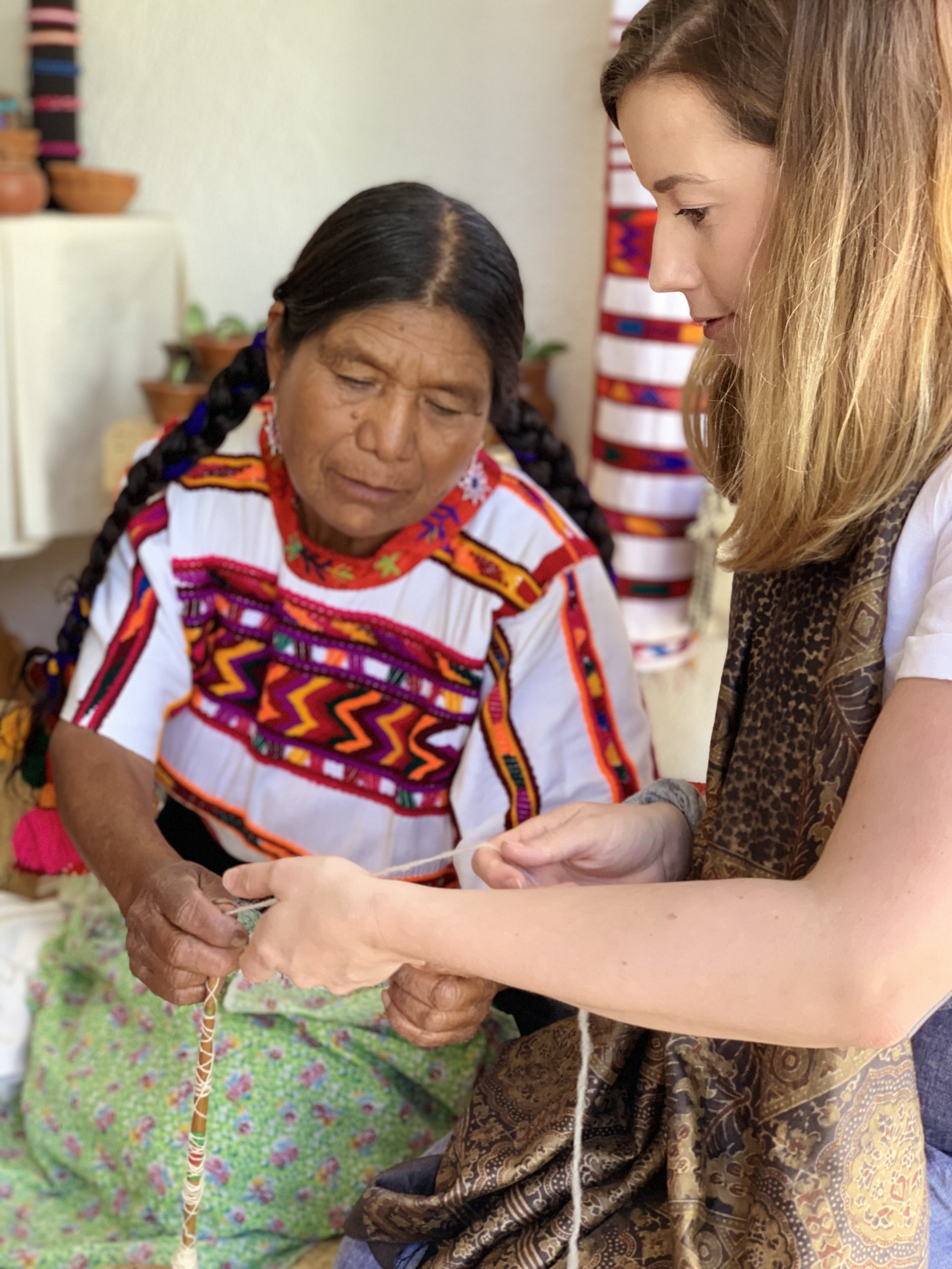This article was originally published in Hand/Eye magazine, 19 October 2016
When I lived in Tokyo I was excited to learn about traditional Japanese textiles and to discover contemporary Japanese designers making fresh, new designs rooted in these old traditions. I had previously lived in New York and most of what I knew about Japanese textile design came from the catalogue for “Structure and Surface: Contemporary Japanese Textiles,” an exhibition presented at the Museum of Modern Art in 1998.
Through this catalogue I was aware of NUNO, an innovative textile company based in Tokyo, and I immediately sought them out. At that time they had two locations—their main showroom in Roppongi and a small shop in Aoyama for NUNO Works, their line of printed fabrics. I took a couple of classes at NUNO Works, where I learned about some of the processes behind their fabrics, one of which involved sewing fabric scraps onto a dissolvable base to produce a lace-like textile. Another process involved poking fabric through holes in a sheet of paper before pressing it flat and heat setting with dye to create a cutting-edge-looking shibori. Some of NUNO’s innovative ways of re-purposing fabrics and other materials are currently featured in Scraps: Fashion, Textiles and Creative Reuse at Cooper Hewitt, Smithsonian Design Museum through April 2017.
During my time in Tokyo I was also excited to discover younger brands, such as Sou Sou, Kyototo, and Hirocoledge, among others, who were reinventing traditional Japanese garments and accessories with contemporary—and often playful—patterns and designs. Sou Sou, for example, employs traditional, Kyoto-based textile artisans and manufacturers to produce bold, vibrant fabrics. These fabrics are used to create a range of traditional garments and accessories that look youthful and edgy. They are perhaps best known for redesigning the split-toe shoe—traditionally worn by workmen—with their signature fabrics. They are committed to using “Ise” cotton, a soft, gauzy fabric, which dates back to the 14th-century, and for which demand declined in the 19th century as Japanese people started wearing Western clothing and textile production went offshore.
Similarly, textile designer Takahashi Hiroko designs contemporary yukata and kimono with geometric, architectural patterns. Some of her patterns are applied using a traditional paste-resist method called yuzen while other patterns are applied with inkjet dyeing. Kyototo is another brand committed to employing traditional manufacturers and artisans to produce their contemporary range of accessories. For example, they have a range of scarves inspired by Kyoto architectural landmarks, which are shibori-dyed in Kyoto with pared-back minimalist designs not instantly recognizable as shibori.
After my experience living in Tokyo for a year, I knew I wanted to share my discoveries with other textile enthusiasts and in 2013 I took a group of women from the US on a trip to explore Japanese textiles both old and new. In Spring 2017 I am organizing another small-group trip. We will spend time in Tokyo meeting contemporary designers on private studio visits before traveling to a small village outside the city for an intensive indigo dyeing workshop where we will learn the fundamentals of traditional shibori and katazome with host and teacher Bryan Whitehead.
Bryan is a Canadian expat who has lived in Japan for over 25 years and is an expert in Japanese textiles who grows his own indigo and breeds silk worms. We will stay at his 150-year-old silk-farming house, which is where the workshops take place. A highlight of our time there will be a day-trip to visit to the home and workshop of a seventh-generation katazome master. This experience will give us a hands-on appreciation for traditional Japanese textiles, providing a backdrop to the contemporary textiles we will have explored in Tokyo.

